Today let’s take a closer look at some of the most important wine regions in the South Island of New Zealand.
Marlborough
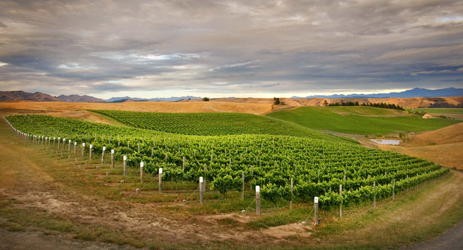
by Teece Family Vineyards - Mt Beautiful Wines
As we mentioned in the previous Tip of the Day, Sauvignon Blanc was first introduced to New Zealand in the 1970s and planted in Marlborough, which almost immediately proved to be one of the most suitable places in the whole world to grow the grape.
Marlborough is the biggest, and perhaps the most important wine region in New Zealand. It is situated on the vast alluvial plain along the northeast coast of the South Island, facing Wairarapa in the North Island. The region enjoys generous sunshine and various soil conditions, and is home to many grape varieties. Sometimes even in a single vineyard, soil type can vary hugely; but it is the shallow, stony soils that usually produce wines of the highest quality.
The highly aromatic, concentrated Sauvignon Blanc which has a distinctive herbaceous and tropical-fruit character is the signature wine of Marlborough, and also the wine that made New Zealand known to the wine world. Quality Pinot Noir, Chardonnay and Riesling are also produced here.
Nelson and Canterbury
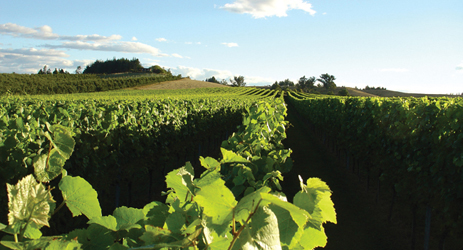

Image: Canterbury, New Zealand by New Zealand Winegrowers
The climate of these two regions is comparatively cooler than Marlborough. Nelson is the northernmost wine region on the South Island, where Chardonnay and Pinot Noir are the most planted varieties; due to the high international demand Sauvignon Blanc is also produced in this region. These are also the most planted grape varieties in Canterbury.
Central Otago
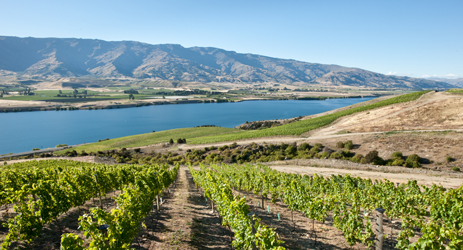
Central Otago is the most southerly wine region in the world. This region has a continental climate, which is unique among all other New Zealand wine regions.
Pinot Noir is the most important grape variety here. In Central Otago, vines are normally planted on the hillside, which maximises sun exposure. Warm, dry summers and cold winters, together with sharp day-to-night temperature differences, are beneficial to concentrating fruit flavours, making Pinot Noirs from Central Otago internationally renowned.
All rights reserved by Future plc. No part of this publication may be reproduced, distributed or transmitted in any form or by any means without the prior written permission of Decanter.
Only Official Media Partners (see About us) of DecanterChina.com may republish part of the content from the site without prior permission under strict Terms & Conditions. Contact china@decanter.com to learn about how to become an Official Media Partner of DecanterChina.com.

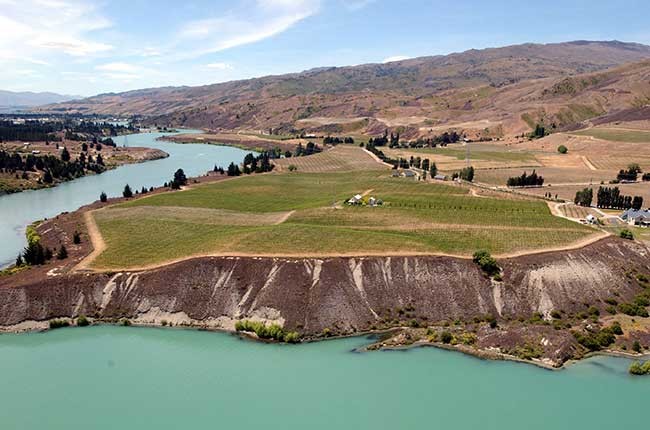

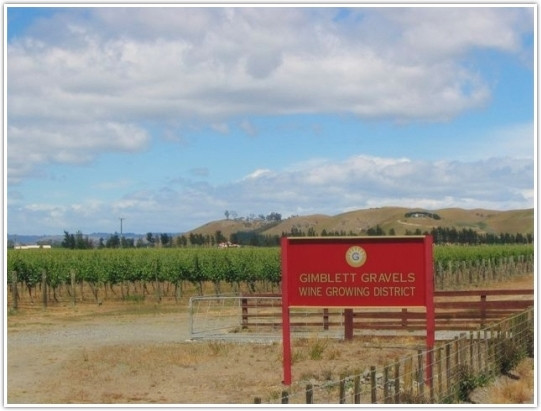
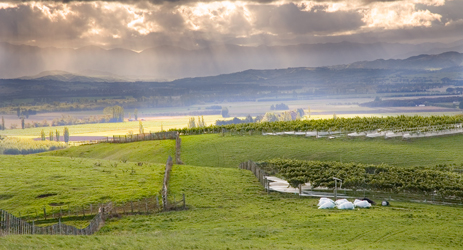
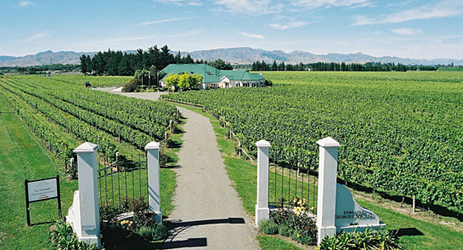
Comments
Submit